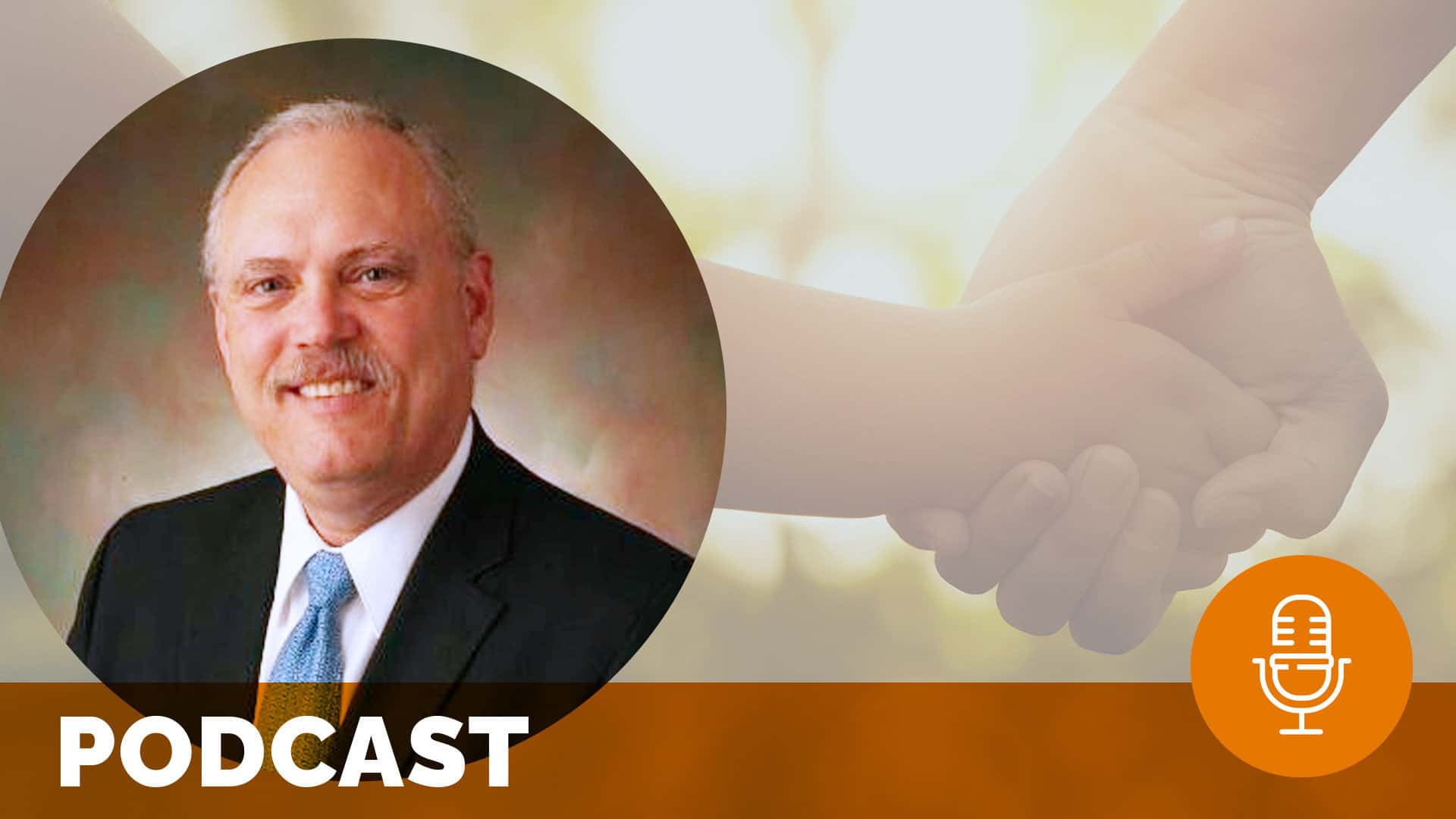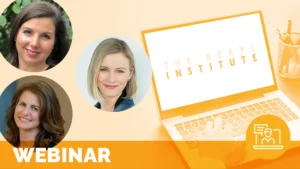“My lungs on the x-ray looked like ground up glass”: A COVID Recovery Story

Bob Pollard was a healthy 62-year-old when he was diagnosed with COVID-19, in the hospital and unable to breathe with a high likelihood of not making it through the night. Ultimately, he spent 17 days on a ventilator and a combined three months in the hospital and a rehab facility. Bob’s tough journey back to health propelled a complete change of career. Listen as he shares how he went from COVID-19 patient to Patient Experience Professional.
Related content
-
 Environment & Hospitality | Patient Family & Community Engagement
Environment & Hospitality | Patient Family & Community EngagementElevating the Emergency Department Experience: The Impact of Experience Ambassadors
By Jill Koss, Cook Children’s Medical Center At Cook Children’s Medical Center, we are committed to continuous innovation to enhance the patient and family experience. One key area of focus has been our Emergency Department (ED), where we identified an opportunity to improve the experience of waiting—both in the waiting area and after patients are placed
Learn more -
 Culture & Leadership | Patient Family & Community Engagement | Staff & Provider Engagement
Culture & Leadership | Patient Family & Community Engagement | Staff & Provider EngagementThe “What Matters to You” Movement: Fostering Sustainable Change in Healthcare
Are you curious about how to ignite a movement within your organization that enhances care quality and workforce well-being and delivers a return on investment? Inspired by the global What Matters to You (WMTY) movement, this webinar will showcase successful improvement initiatives that have led to better quality outcomes, increased joy in work, and financial
Learn more -
 Patient Family & Community Engagement
Patient Family & Community EngagementPX Chat on PFA/PFACS: Sustaining/Growing (December 3, 2025)
12pm ET / 11am CT / 10am MT / 9am PT – Join The Beryl Institute community for an opportunity to connect with your peers on the support and resources needed to address efforts around sustaining and growing PFAs and PFACs in their organizations. Breakout discussion groups allow you to share your challenges, celebrate your
Learn more
